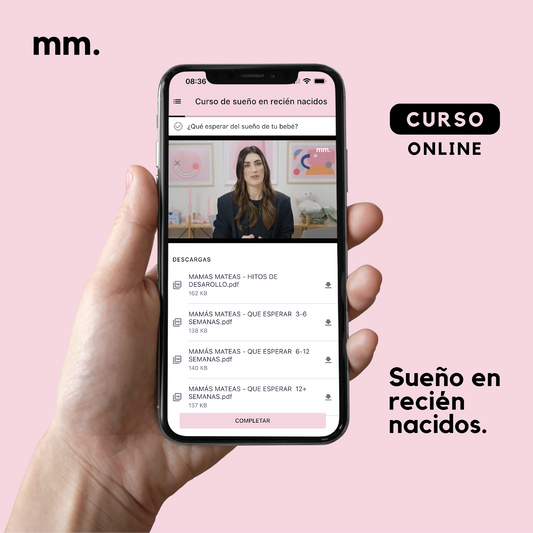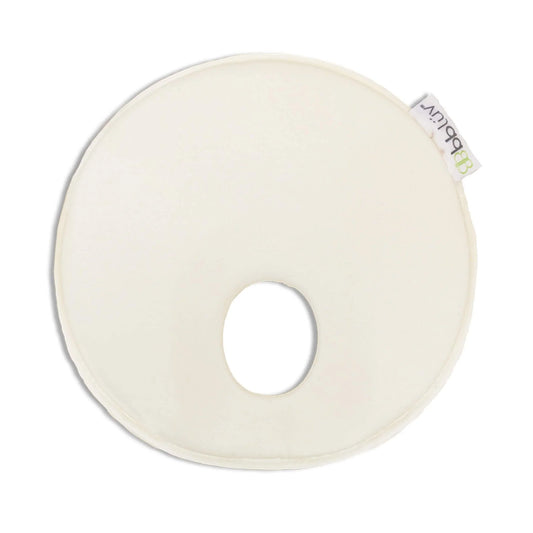Cavities are one of the most common chronic diseases in children, and according to national studies, the greatest increase occurs between the ages of 2 and 4 ¹ . Even the tiniest tooth can be affected by these bacteria, and the main cause is poor dental hygiene.
The good news is that it is something we can prevent with good cleaning habits, which should begin from the moment our babies are born. Of course, each stage requires specific care, and in this post we tell you everything you need to know to protect your children's teeth and teach them good dental habits.
1) “Technical guidelines for brushing the teeth of children attending early childhood education establishments”, Department of Oral Health, Division of Disease Prevention and Control, Undersecretariat of Public Health, MINSAL, Government of Chile.
Dental hygiene should begin from the moment your baby is born. “If possible, use a soft cloth to wipe your baby’s gums after feeding. And when it’s time to introduce solid foods, choose healthy foods to reduce the risk of tooth decay,” American Academy of Pediatrics (AAP), Brush, Book, Bed program .
When to start using a toothbrush?
For children under 3 years of age, the recommendation is to use a toothbrush as soon as you see the first tooth. “Use an amount equivalent to a grain of rice of fluoride toothpaste twice a day, especially after the last milk or food.”
For children over 3 years old, “the amount of fluoride toothpaste should be the size of a pea (…) Once the teeth touch, you can also use dental floss.” In addition, at this age it is recommended to let them practice brushing themselves, but always with your supervision.
And remember: the last thing that should touch your teeth before bed is your toothbrush!
*Sources: American Academy of Pediatrics (AAP), American Dental Association (ADA) and American Academy of Pediatric Dentistry (AAPD).
When should you make your first visit to the dentist?
Your child should visit the dentist regularly starting at his or her first birthday or earlier if you have a particular concern. Your pediatrician can also provide guidance on dental hygiene.
Some tips to teach your child to brush his teeth:
- Have a small floor in the bathroom so that the child can easily reach the sink.
- Let him watch you brush your teeth and explain the importance of dental hygiene and what each item is used for (brush, toothpaste, floss, etc.).
- When you can, teach him to spit out the excess toothpaste, but don't rinse with water first - that leftover toothpaste is good for his little teeth!
- Keep things simple: one simple technique that lasts 2 to 3 minutes.
Give your child autonomy, but be there for him/her: The AAP recommends that an adult put the toothpaste on the toothbrush until the child is about 6 years old, and should supervise him/her until about 7 or 8 years old.
* Baby's First Tooth: 7 Facts Parents Should Know, by Dina DiMaggio, MD, FAAP & Julie Cernigliaro, DMD, American Academy of Pediatric.
What types of brushes are there?
- Finger brush: Made of silicone and for fingers (for adults), they are perfect for babies, because their silicone bristles gently clean and massage their gums and teeth.
- Teething brush: Made of silicone, it gently massages and cleans baby's gums and teeth, and by holding it in their own hands, it contributes to the development of hand/eye/mouth coordination.
- Children's toothbrush: The head should be small and have rounded ends, with soft bristles and a handle with a suitable surface for holding.
Find all these types in our physical or online stores by clicking HERE !
The correct technique
Beyond the direction of brushing (because there are different techniques), the most important thing is to clean each tooth completely, up and down, inside and out² . This is where many children resist, because they focus only on the front teeth they can see.
A good tip? Suggest a game of 'finding the hidden teeth' so they don't forget their molars.
2) Caring for Your Baby and Young Child: Birth to Age 5, American Academy of Pediatrics.










